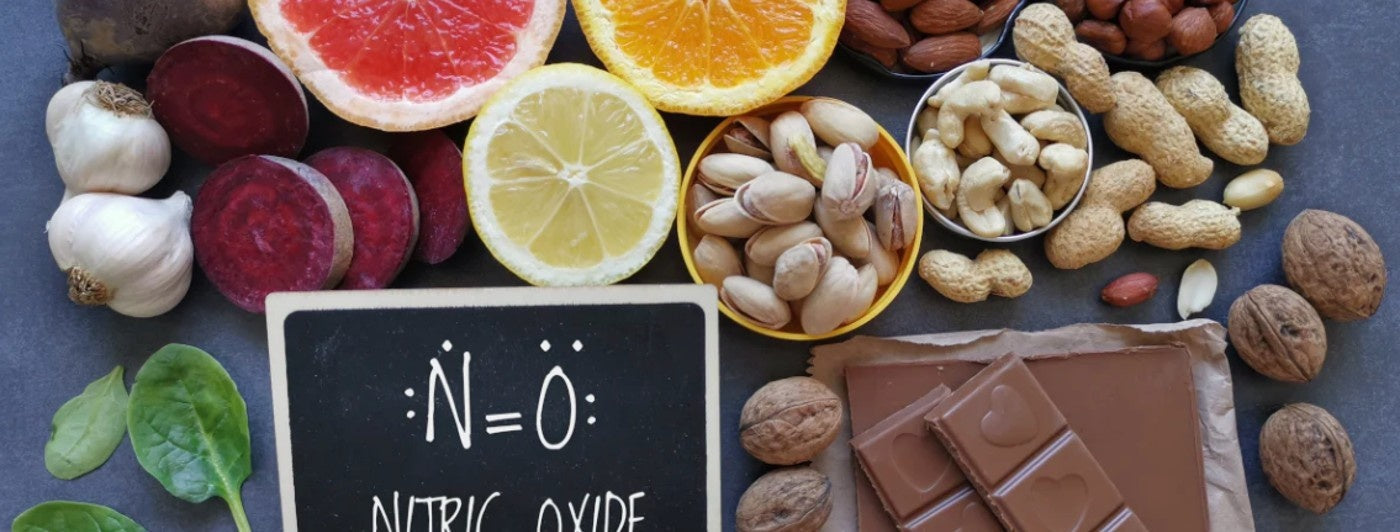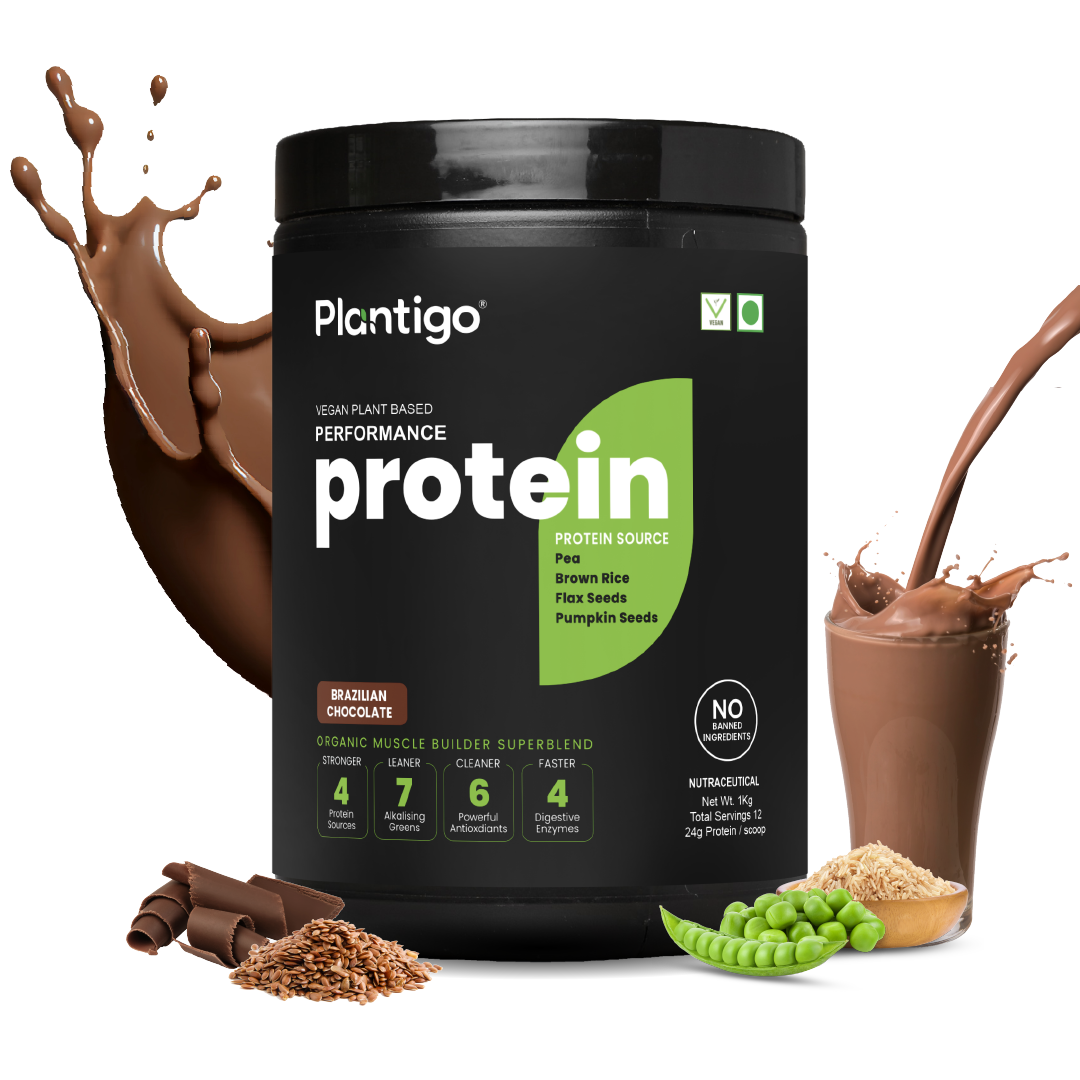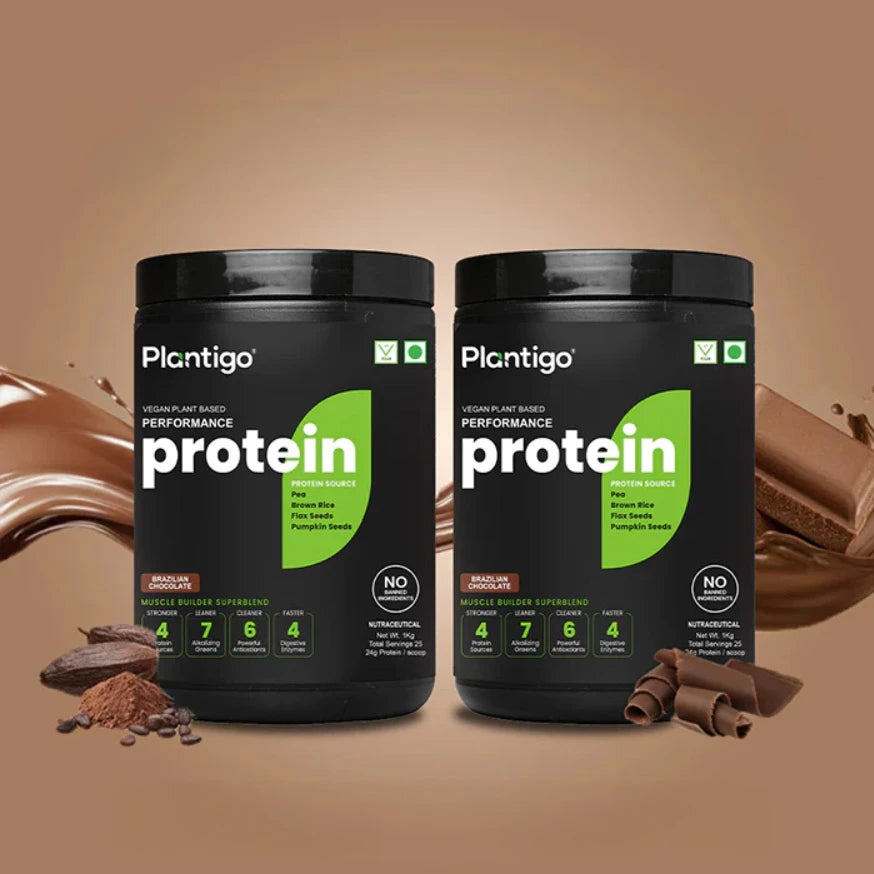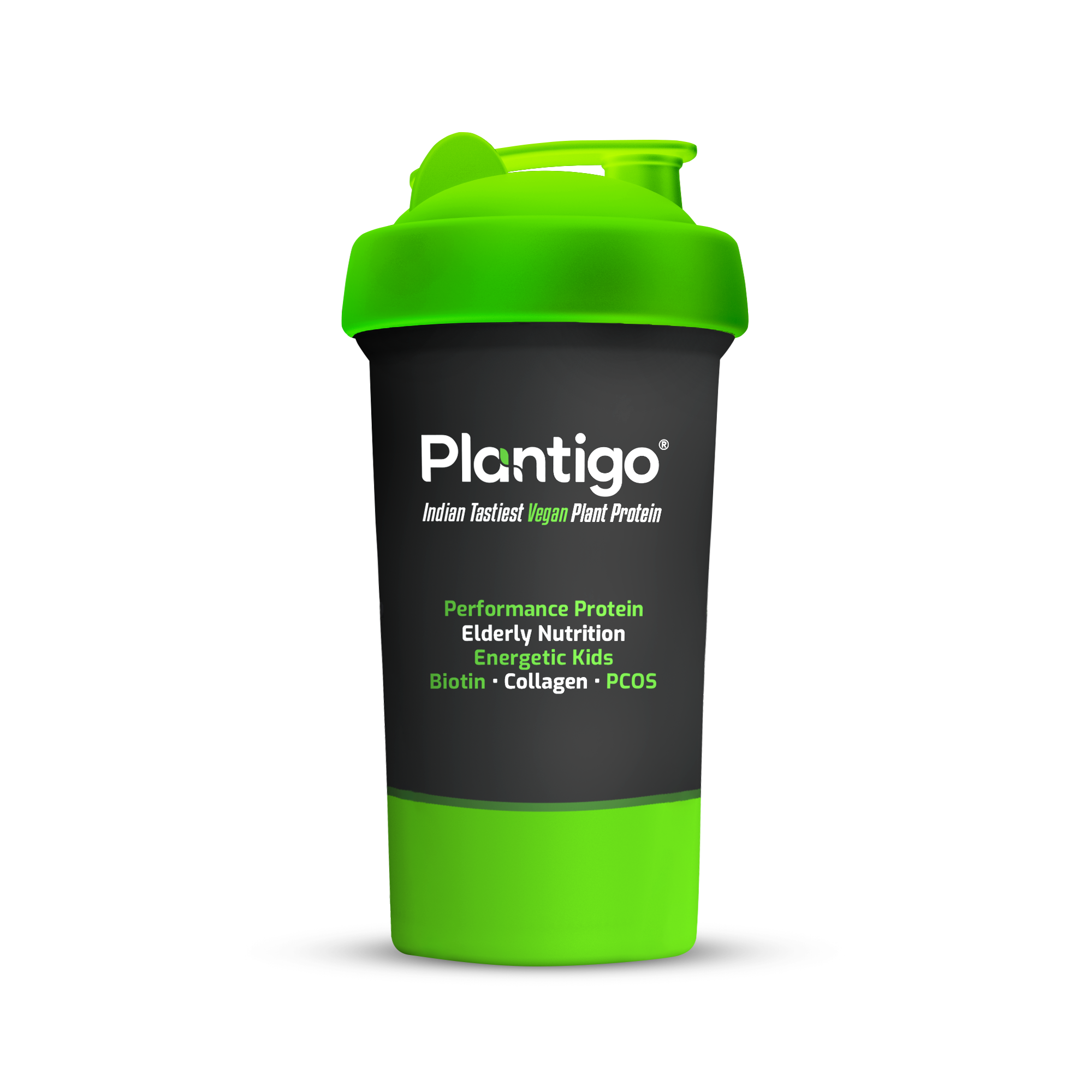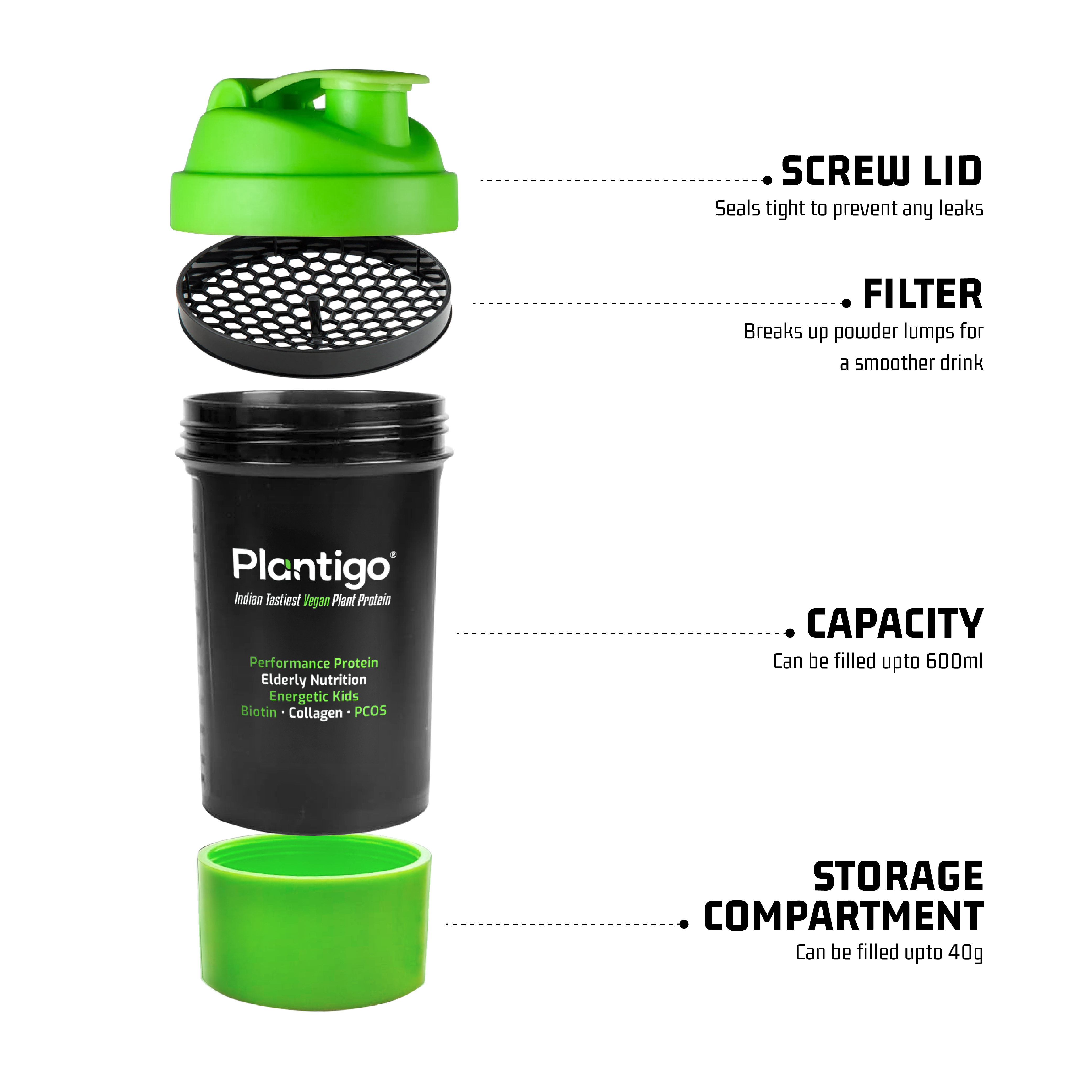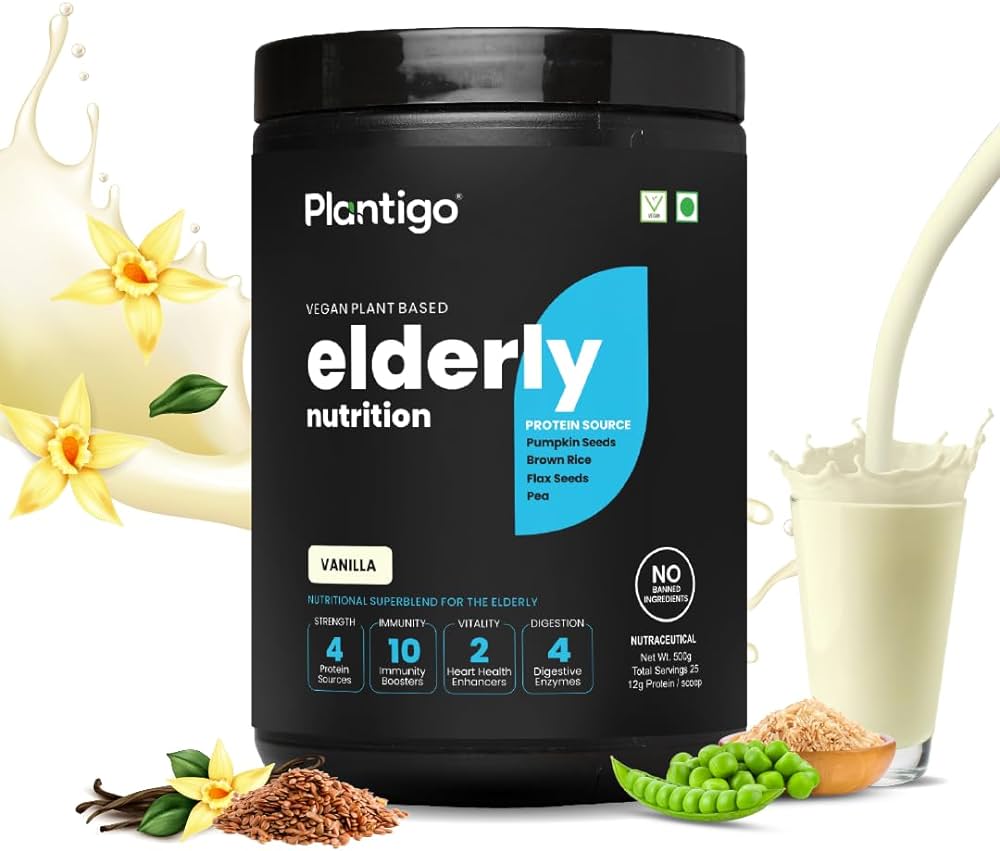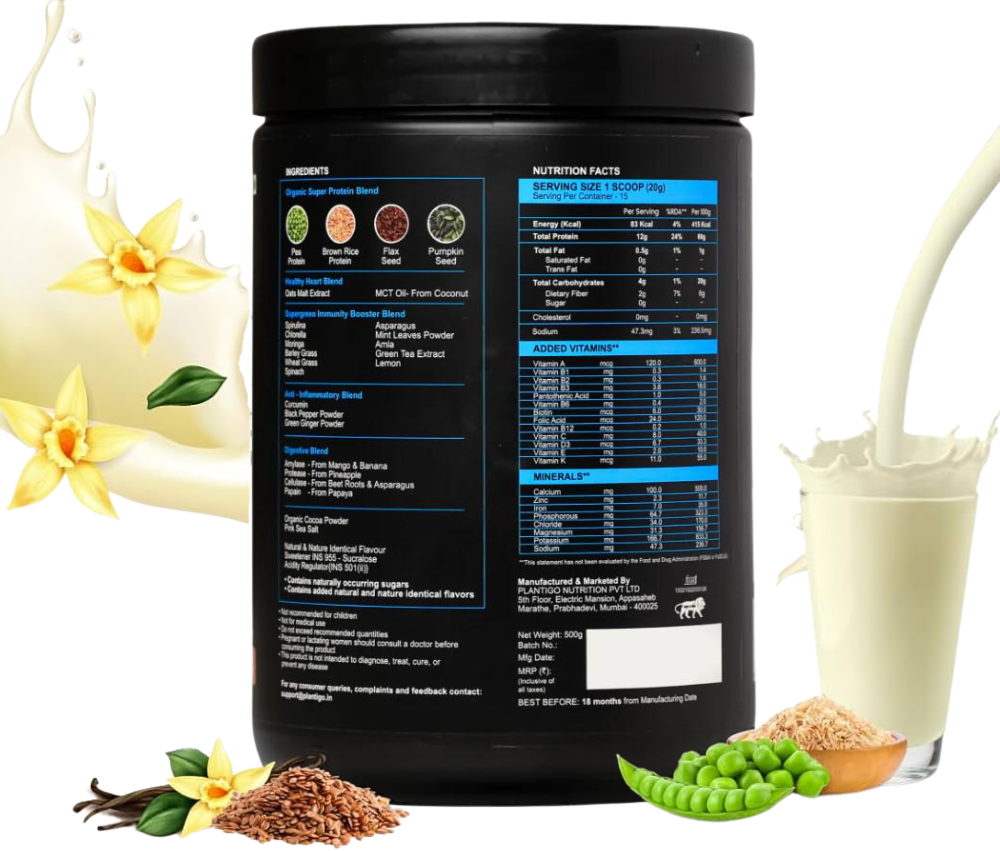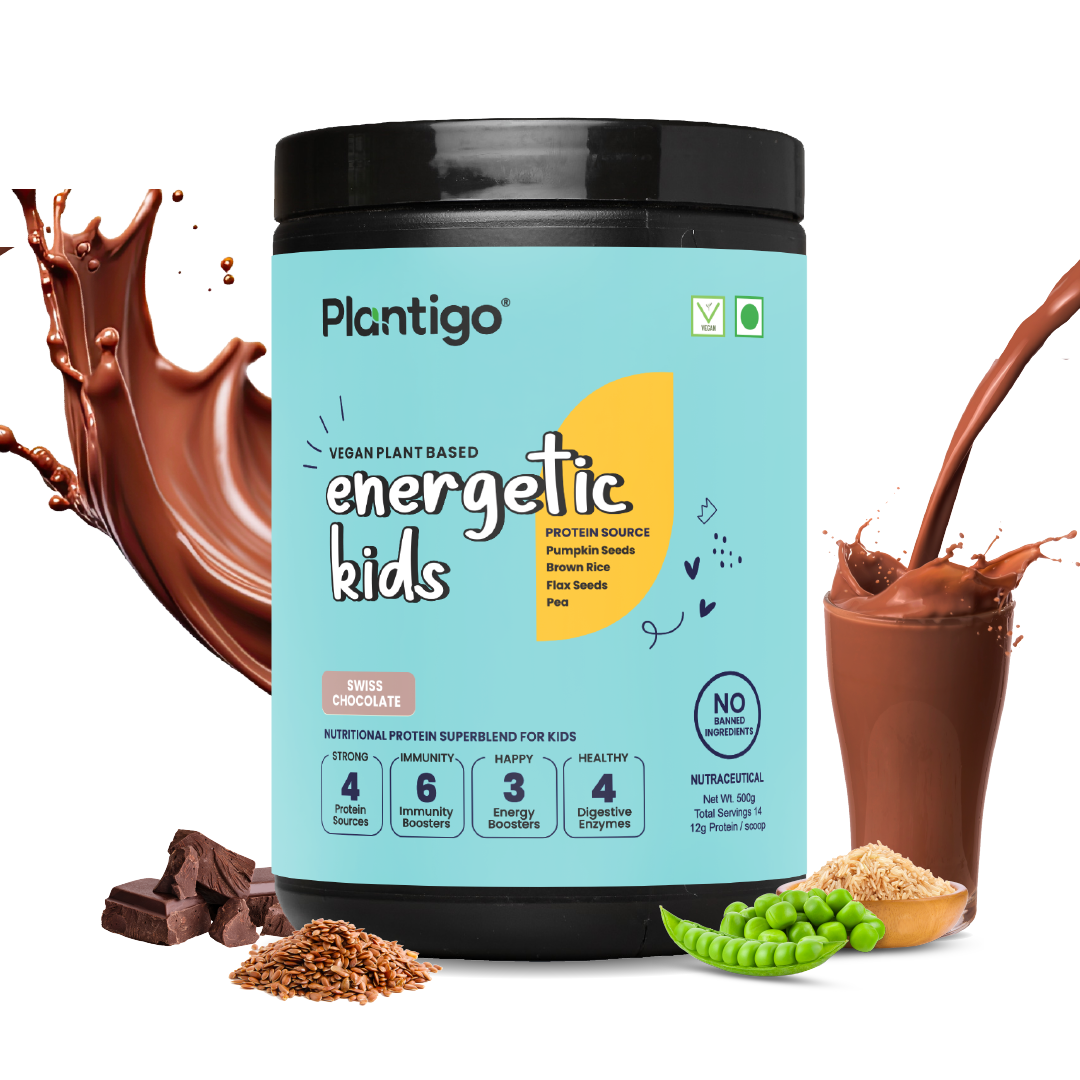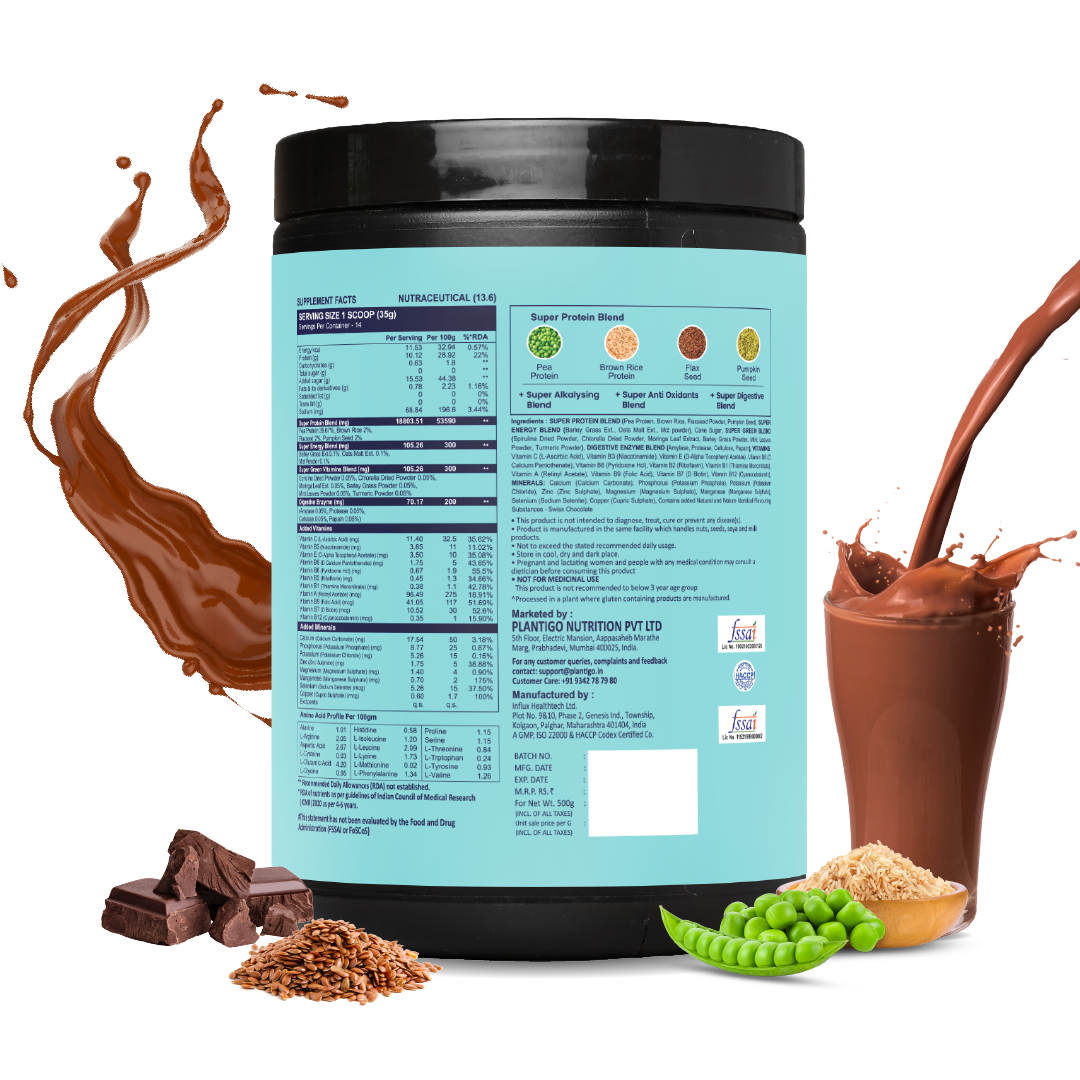What if the secret to better energy, glowing skin, sharper focus — and even a healthier heart — wasn’t a supplement, but something already in your kitchen?
That secret lies in your body’s ability to produce nitric oxide — a powerful molecule that fuels circulation, performance, and overall vitality.
Nitric oxide is one of the most vital molecules for vascular health and optimal blood flow. It acts as a vasodilator — relaxing the inner muscles of blood vessels and helping them widen. This allows oxygen and nutrients to travel more efficiently throughout your body, making it crucial for cardiovascular performance, stamina, and post-exercise recovery.
The good news? Your diet plays a major role in how much nitric oxide your body can produce. By regularly eating nitric oxide rich foods, you can naturally enhance blood flow, support heart health, and even improve your workout results.
Even better, many of these foods are completely plant-based, which means they not only boost nitric oxide but also provide essential plant protein to support lean muscle, metabolism, and energy balance — all without any additives or animal by-products.
Let’s explore the top 12 nitric oxide rich foods and how they benefit your body.
1. Beets
Beets are at the top of the nitric oxide rich foods chain — quite literally. Rich in natural nitrates, your body converts these compounds into nitric oxide through a process involving enzymes and good oral bacteria. Athletes love beet juice for its endurance-enhancing effects.
Beets also contain betalains and other antioxidants that reduce inflammation and support liver detoxification. Roasted, juiced, or shredded raw, this crimson root adds vibrancy and health to your meals.
2. Spinach
Spinach is more than just a salad staple. It’s loaded with plant-based nitrates, iron, and magnesium — a trio that supports nitric oxide production and muscle function. Magnesium is a natural relaxant for blood vessels, further enhancing circulation.
Spinach also belongs to the class of high fiber foods, supporting gut health and reducing cholesterol. Add it to smoothies, omelets, soups, or steam lightly as a side. It’s one of the easiest nitric oxide rich foods to include daily.
3. Arugula
This spicy green isn’t just a flavor enhancer; it’s one of the most nitrate-rich vegetables known. Arugula ranks even higher than spinach and beets in terms of nitrate density. That makes it a stealth health food when it comes to improving blood flow.
Its ability to increase circulation and stamina makes it one of the more underrated nitric oxide rich foods in the leafy green family. Regular consumption may also enhance endurance and reduce oxidative stress.
4. Garlic
Garlic does more than fight colds. It enhances the activity of nitric oxide synthase (eNOS), the enzyme responsible for producing nitric oxide in the endothelium (blood vessel lining).
Consuming garlic has been linked to lower blood pressure and improved cholesterol levels. It’s also considered one of the natural dht blocker food options due to its ability to support hormonal balance.
This makes garlic not only flavorful but one of the most functional nitric oxide rich foods to keep in your kitchen.
5. Dark Chocolate
Who said nitric oxide boosting can’t be delicious? Dark chocolate, especially those with 70% or more cocoa content, contains flavonoids that stimulate nitric oxide production.
Flavonoids are plant-based antioxidants that protect the cardiovascular system. Moderate dark chocolate consumption has been associated with lower blood pressure and improved arterial function. Among nitric oxide rich foods, it’s certainly the most indulgent.
6. Watermelon
Watermelon is a natural source of L-citrulline, an amino acid that the body converts into L-arginine, which in turn increases nitric oxide levels. This sequence improves vascular dilation and may aid muscle soreness recovery.
It’s hydrating, refreshing, and particularly valuable in warm climates or post-exercise. Interestingly, the citrulline-rich rind is often more potent than the flesh — blend it into smoothies to reduce waste and boost nutrients.
Watermelon’s unique nutritional profile earns it a firm place among nitric oxide rich foods with a side of hydration.
7. Pomegranate
Pomegranate is revered across ancient and modern cultures for good reason. It’s one of the most antioxidant-dense fruits on the planet and helps protect nitric oxide from oxidative breakdown in the body.
Studies show that pomegranate juice improves blood flow, reduces arterial plaque, and may even enhance exercise performance. If you're curating a list of nitric oxide rich foods, this vibrant fruit deserves a top spot.
8. Nuts and Seeds
Especially walnuts, flaxseeds, almonds, and sunflower seeds — these are high in L-arginine, a precursor amino acid to nitric oxide. They also provide omega-3 fatty acids and magnesium, both of which contribute to vascular health.
Chia seeds, in particular, have emerged as popular superfoods. When soaked, they form a gel that’s easy to digest and rich in antioxidants. Many enthusiasts recommend chia seeds for skin due to their anti-inflammatory and hydrating properties.
Their L-arginine content places them among the most accessible nitric oxide rich foods for snacking.
9. Citrus Fruits
Citrus fruits like oranges, lemons, grapefruits, and limes are excellent sources of vitamin C — a vital nutrient for the bioavailability of nitric oxide.
Vitamin C not only stimulates nitric oxide production but also helps prevent its oxidative loss. That’s why vitamin C fruits are crucial if you want to retain the full benefit of nitric oxide from other foods.
Thanks to their antioxidant content, they synergize beautifully with other nitric oxide rich foods in salads and drinks.
10. Chia Seeds
We’ve mentioned them before, but they deserve their own spotlight. Chia seeds are high in plant-based omega-3s, antioxidants, and fiber — all nutrients that support nitric oxide pathways.
They help reduce inflammation, improve lipid profiles, and promote glowing skin. Chia pudding, smoothies, or energy bars — any form works. Their growing popularity in beauty circles also supports the link between chia seeds for skin and healthy circulation.
Their presence on the list of nitric oxide rich foods is well-earned.
11. Lentils and Legumes
Legumes, including lentils, chickpeas, and kidney beans, are rich in arginine and magnesium, both essential for nitric oxide production.
Take rajma (kidney beans), for instance. The protein in rajma per 100g is around 8.7g, making it a fantastic vegetarian source of energy and muscle repair — with added benefits of fiber, potassium, and iron.
These nutritional benefits make legumes one of the most affordable and accessible nitric oxide rich foods in plant-based diets.
12. Leafy Herbs (Cilantro, Basil, Parsley)
Often overlooked, herbs like parsley and cilantro are antioxidant rich foods that contribute to overall nitric oxide support. They contain chlorophyll, vitamin C, and polyphenols — all known to support endothelial function and combat free radicals.
Their freshness enhances flavor while amplifying nitric oxide activity in the bloodstream. This makes them quietly powerful contributors to your daily intake of nitric oxide rich foods.
Nitric Oxide and Plant-Based Nutrition
If you're aiming to improve circulation and overall health, it’s wise to incorporate nitric oxide rich foods daily. And for those following a plant-based lifestyle, there’s good news — nearly all top nitric oxide boosters are naturally vegan.
Pairing these foods with the best plant based protein sources ensures your body receives the essential amino acids needed for repair, strength, and nitric oxide production. Options like tempeh, lentils, and even plant based protein powder complement this goal perfectly.
In fact, combining nitric oxide rich foods with good sources of protein amplifies their benefits for athletes and wellness seekers alike.
How to Build a Nitric Oxide-Rich Meal Plan
To reap the benefits of nitric oxide rich foods, consider this day-long sample plan:
-
Breakfast: Smoothie with spinach, chia seeds, citrus fruits, and a scoop of plant protein powder.
-
Lunch: Arugula salad with beets, walnuts, parsley, and lemon vinaigrette.
-
Snack: A square of dark chocolate and a handful of almonds.
-
Dinner: Rajma curry with brown rice, garlic sautéed greens, and a glass of pomegranate juice.
-
Hydration: Watermelon-mint infused water as a post-exercise recovery weight loss drink.
Final Thoughts
Your body already knows how to produce nitric oxide — now it’s your turn to fuel it right.
Start adding these nitric oxide rich foods to your daily meals and unlock better circulation, enhanced energy, sharper performance, and visible improvements in your skin and hair.
Don’t wait for a supplement to do what nature already can.
Make these 12 powerhouse foods part of your routine — and feel the difference from the inside out. Your flow, your glow, your move.
Frequently Asked Questions
1. What food is highest in nitric oxide?
Beets are among the highest nitric oxide rich foods due to their high natural nitrate content. When consumed, the nitrates in beets convert into nitric oxide, improving blood flow, stamina, and heart health. Other top foods include spinach, arugula, and pomegranate.
2. What drinks increase nitric oxide?
Beetroot juice is the most effective drink for increasing nitric oxide levels. Other nitric oxide boosting drinks include watermelon juice (rich in L-citrulline), pomegranate juice (antioxidant-rich), and green smoothies made with spinach or arugula. These beverages help improve circulation and support cardiovascular performance.
3. Do bananas increase nitric oxide?
Bananas are not considered high nitric oxide rich foods, but they do support overall vascular health due to their potassium and antioxidant content. While they may not directly boost nitric oxide levels significantly, they contribute to heart health when paired with nitrate-rich foods like spinach and beets.
4. Which fruit is best for nitric oxide?
Pomegranate is widely regarded as the best fruit for nitric oxide production. It’s packed with polyphenols that protect and stimulate nitric oxide in the body. Other nitric oxide boosting fruits include watermelon (L-citrulline), oranges (vitamin C), and beets, which though often treated as a vegetable, are technically a fruit-root.
5. How to tell if your nitric oxide is low?
Signs of low nitric oxide levels may include poor circulation, cold hands and feet, low energy, erectile dysfunction, and slower workout recovery. If you experience these symptoms, increasing your intake of nitric oxide rich foods and maintaining an active lifestyle may help restore optimal levels.

